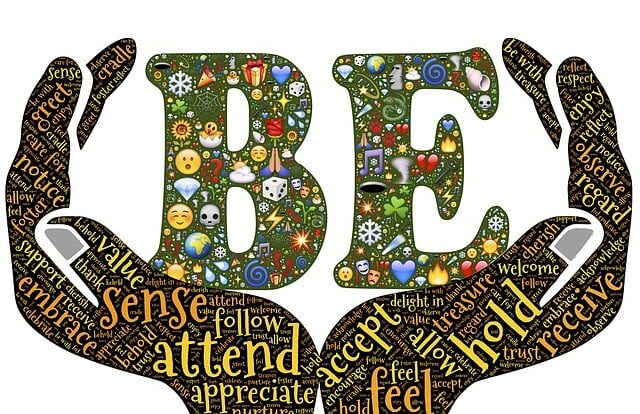Diabetes is a serious condition that, if left untreated, can have long-term health consequences. Signs of diabetes must be recognized so that individuals can seek proper medical care and begin taking steps to manage their health. Diabetes symptoms include increased thirst, increased urination, fatigue, blurred vision, and unexplained weight loss. Knowing these warning signs can help people detect diabetes symptoms earlier, leading to better outcomes.
5 Signs of Diabetes
- Urinating frequently: Diabetics may need to urinate more frequently than usual, especially at night. This is because their bodies are attempting to eliminate excess sugar.
- Feeling unusually thirsty: An increase in thirst is a common diabetic symptom. This is because the body requires fluid replacement due to frequent urination.
- Weight loss that cannot be explained: Weight loss that cannot be explained is a sign that the body is not getting enough energy from food. Diabetes can cause this because the body is unable to use glucose from food for energy.
- Fatigue: Because the body is unable to use glucose from food for energy, fatigue is a common symptom of diabetes. This can result in feelings of exhaustion and weakness.
- Blurred vision: Diabetes can cause changes in the fluid levels of the eyes, resulting in blurred vision. If left untreated, this can result in permanent eye damage.
If you have any of these signs of diabetes, you should see a doctor as soon as possible. It should be diagnosed and treated as soon as possible to avoid serious complications.
Diabetes Symptoms in Women
Diabetes can cause frequent urination, thirst, extreme hunger, fatigue, blurred vision, slow healing sores, yeast infections, and weight loss or gain in women. Dry skin, numbness or tingling in the hands or feet, and frequent infections are other symptoms. If any of these symptoms are present, it is critical to seek medical attention as soon as possible as these are warning signs of diabetes in women.
Diabetes Symptoms in Men
Increased thirst and hunger, frequent urination, weight loss, fatigue, blurred vision, slow healing of cuts and bruises, and yeast infections are all symptoms of diabetes in men. Erectile dysfunction, tingling or numbness in the hands and feet, and dark patches on the skin are other symptoms that men may experience. Men may experience nausea, vomiting, and abdominal pain in rare cases. If you have any of these symptoms, you should see a doctor right away because they could be signs of diabetes in men. Early detection and treatment can aid in disease management and reduce the risk of serious health complications.
6 Treatments for Diabetes
Diabetes is a long-term disease that impairs the body’s ability to process and use glucose, a type of sugar found in the blood. Diabetes treatment aims to keep blood glucose levels within a healthy range while also preventing or delaying the onset of complications.
The treatment may include dietary changes and/or medication. Here are six common diabetes treatments.
- Exercise and Diet: A healthy diet and regular exercise are essential components of diabetes management. Eating a well-balanced diet high in fresh fruits, vegetables, and whole grains can help keep blood glucose levels stable. Regular exercise can also help prevent or manage diabetes by increasing the body’s insulin sensitivity.
- Insulin Therapy: Insulin therapy is an important part of diabetes management for people with type 1 and some type 2 diabetes. Insulin aids in the transport of glucose from the bloodstream into cells, where it is used for energy.
- Oral Medications: Oral medications such as metformin aid in blood glucose control by increasing the body’s sensitivity to insulin. These medications may also aid in lowering the amount of glucose produced by the liver.
- Incretin mimetics are a newer class of drugs that work by mimicking the action of hormones in the body that stimulate insulin release. They can help the body use insulin more effectively by reducing the amount of glucose produced by the liver.
- SGLT2 Inhibitors: Sodium-glucose cotransporter 2 (SGLT2) inhibitors are a newer class of drugs that can help lower blood glucose levels by increasing the amount of glucose excreted in the urine.
- Alpha-glucosidase Inhibitors: Alpha-glucosidase inhibitors are medications that slow carbohydrate digestion and help to regulate blood glucose levels after meals.
Also Read> Why Attitude Is More Important Than Intelligence
These six treatments can assist diabetics in managing their condition and reducing the risk of complications. It is critical to consult with your doctor in order to determine the best treatment plan for you.
Conclusion:
Diabetes warning signs must be identified and treated as soon as possible. Increased thirst and frequent urination, extreme hunger, blurred vision, fatigue and irritability, and slow healing sores are all warning signs. If you notice any of these symptoms, contact your doctor immediately to be tested. Diabetes management and long-term health complications require early detection and treatment. Diabetes can be managed and lived a healthy and active life with lifestyle changes and the proper medical care.







One Comment to “What Are the 5 Warning Signs of Diabetes?”